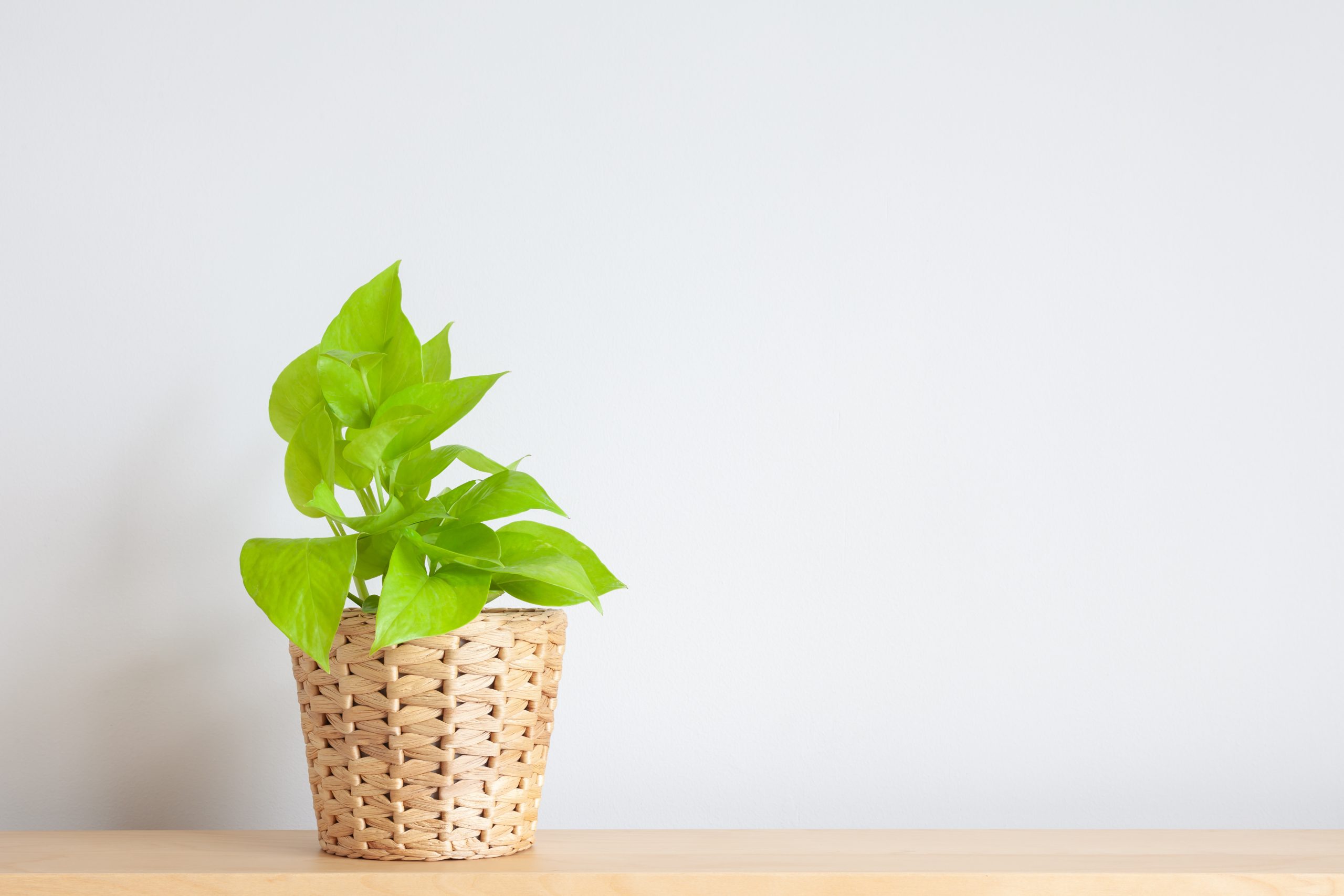From The Intelligent Optimist Magazine
Fall/Winter 2016
For centuries women’s sexual desire has been erased in favor of men’s. In her new book ‘Closer’ Sarah Barmak describes a “reawakening of sex-positive feminism” that is in line with other holistic trends like yoga, slow food and complimentary medicine.
By Sarah Barmak
In 2009, two French gynaecologists named Pierre Foldes and Odile Buisson used a sonogram to create a 3-D map of the female pleasure centres. Hoping to shed light on the still-controversial ‘G spot’, they scanned five volunteers with a vaginal probe, having the participants squeeze their muscles and creating sonographic images of the clitoris in motion. The images produced by their study show the full, expansive clitoral structure: its external nub, called the glans, giving way to its long legs or wings, called aura, and the bulbs, which straddle the vaginal canal like a wishbone.
Sorry – what? Legs and bulbs? Yes, we’re still talking about the clitoris. The clit isn’t just the small, sensitive pea at the top of the vulva, the rubbery nub it’s normally billed as. Like an iceberg, the full clitoral structure lies mostly below the skin’s surface, inside the body. In comparison to the head (glans) that’s visible and touchable outside the body, the Real Clitoris is expansive, containing about as much erectile tissue as a penis. Illustrations of it resemble a swan, with arched neck, spread wings and bulbous lower body. When I saw an illustration of the clitoris’s true shape for the first time I felt like a blind man finally seeing a whole elephant when all he’d ever known was the tip of its trunk.
What these bulbs and legs told the world was: Hey, the clit is a literally bigger deal than we thought! For women who have reached climax by massaging just their outer labia, their pubic mound or even areas inside their vagina that aren’t the G spot, the concept that there’s a lot more responsive tissue down there than previously advertised makes a lot of sense.
In one way, this ‘discovery’ was one giant leap for womankind. In another, however, the fact that this seemingly basic bit of anatomy was still being elucidated so recently was an unsettling reminder of how little effort society has made to understand women’s body parts when the parts in question aren’t crucial for making babies. As biologists and feminists alike have pointed out, the clitoris, packed with over eight thousand nerve endings, is likely the only human organ whose sole purpose is pleasure – unlike the penis, which is responsible for procreation and urination as well. None of this jives with Western, Christian views of proper womanhood, and that’s reflected in the science. Leonardo da Vinci was lovingly sketching cross-sections of male genital anatomy back in 1493, but we haven’t focused nearly as much on female anatomy. To put it another way, the mapping of the entire human genome was completed in 2003, years before we got around to doing a detailed ultrasound on the ordinary human clit.
But don’t listen to me. Here’s Dr. Foldes, who has performed surgery to restore sensation to over three thousand victims of female genital mutilation, quoted by New York’s Museum of Sex: ‘The medical literature tells us the truth about our contempt for women. For three centuries, there are thou-sands of references to penile surgery, nothing on the -clitoris, except for some cancers or dermatology – and nothing to restore its sensitivity. The very existence of an organ of pleasure is denied, medically’. A 2005 report by urologist Helen O’Connell in the -American Urological Association’s Journal of Urology said the anatomy of the clitoris has ‘been dominated by social factors … Some recent anatomy textbooks omit a description of the clitoris. By comparison, pages are devoted to penile anatomy … The clitoris is a structure about which few diagrams and minimal description are provided, potentially impacting its preservation during surgery.’
The essence of this centuries-long disagreement about female sexuality can be expressed in a question: is the vulva a thing or is it an absence? Is what lies between women’s legs an organ, with emphasis on what protrudes: the clitoris, the labia, the eight thousand nerve endings, flesh? Or is it a void, a vessel, an opening, an orifice, a place that exists to be filled by something else? Through history, the latter view has been accompanied by violence and the erasure of women’s sexual desire in favour of men’s. The former has typically gone hand in hand with a view of women as sexually independent agents who experience desire, pleasure and power.
History has regularly produced remarkable insights into women’s sexuality: awareness of the clitoris’s role in pleasure, the female orgasm, even female ejaculation. But, whether accidentally or wilfully, we’ve then omitted or erased this information from the canon. We’ve hidden the richness and power of it for so long that even women have come to regard their own bodies as enemy territory – weird, marine, mucosal and alien. There have been repeated cycles of forgetting and rediscovering, as Naomi Wolf observes in Vagina, where she presents a sweeping chronology of the decline of the vulva and vagina: from millennia of being worshipped as sacred by prehistoric civilizations, to being downgraded by the classical Greeks, to being hated as profane in monotheistic societies centred on a father god.
In other words, women’s sexuality began by being celebrated, then was feared as too potent, before being down-played and denied in the scientific era. The efforts that so many women (and men) are making today to understand female sexuality are not just discovery – they’re attempts at recovery and resuscitation.
It is a golden age of women’s sexuality in this moment’, says Isis Phoenix (her legal name), a Massachusetts teacher of sacred sexuality. She is one of many young women who have had an idiosyncratic journey of sexual discovery – except she has turned it into a career. She’s now finding the world knocking at her door.
It may be hard to wrap one’s brain around this idea. ‘golden age of women’s sexuality’ at a time when sexual violence is still rife, a time of ‘slut shaming’ and rape culture and Gamergate the Jian Ghomeshi trial, when women who express opinions online are targeted with murder and rape threats, when mainstream porn demeans and subjugates- its poorly paid actresses? Indeed, what we are seeing is two-tendencies at the same time. The world, even in the West in 2616, is still not safe enough for women who wish to express themselves, and even less safe for women of colour, women of size, women who are transgender. This shouldn’t be minimized.
But under the radar, sonic young women’s sexual openness and experimentation are growing. Not the no-strings hookups and frat drink-a-thons hyped in the media that have parents scared, but more sober and considered experimentation (well, maybe after a joint). Rather than teens, these tend to be women in their late twenties and older, closer to what is thought to be the late-thirties female sexual peak. Their self-confidence is higher. They care less about what others think. Most of planet earth pays little attention to their sexplorations, and that suits many seekers fine – more can be dared sub rosa.10 But wherever there is a safe space, at a festival or in a private living room, you may find women boldly going, asking, trying, playing. They may not know exactly what they’re looking for yet, but like Georgia O’Keeffe, they sense that mystery that `something unexplored about women that only a woman can explore.’
Jenny Ferry, the founder of Soul Sex, a workshop that the she calls ‘contemplative sex education for adults’, sees something grander in this than just girls getting off, however, She believes it has the potential to transform a culture that has enshrined the brain as the locus of our humanity, one that prizes information, knowledge and linear thinking above all else and is doing so with increasing technological speed. ‘With the humanist movement, we became so science-oriented’, she says. ‘We have a very psychologized culture. In this decapitation and disconnection from our bodies, we forgot what it means to be human.’ She feels that women have censored or repressed their emotional sides in the fight to be seen as equal to men, to enter disciplines such as law, medicine and business that have been boys’ clubs since their inception. This was all the more necessary considering that women were for centuries denigrated as the sex that was somehow more bodily, governed less by reason than.’ by base emotions.
Sure, women’s sexuality has been repressed for centuries – but so has every single other aspect of being female. Surely the top priority is not fighting to get women equal orgasms, but achieving pay equity, ending violence against women, securing access to safe abortion, establishing nationwide childcare, ending discrimination against lesbians, women of colour and trans women, and helping women and girls worldwide who lack basic human rights.
That’s all eminently true. Yet the existence of life-and-death needs does not obviate the existence of Less dire ones. The right to the pursuit of happiness is more closely linked to other rights than we think. They exist on a continuum of rights. Many of the rights feminists regularly fight for are freedoms from – the freedom from violence, harassment, discrimination, unwanted pregnancy, from being cheated out money earned or a decent education. Sex is more of a freedom to – the freedom to live a full life, to experience the body you were born in, to have joy, to soothe life’s bitter stings with the sweet honey of the sensuous.
Those sound like nice-to-haves, not need-to-haves, don’t they? yet many of the sex educators I interviewed for this book believe it might be much more than that. Is sex just pleasure, or is it more – is it wellness? is it an add-on, or does it form part of complete human health? Over and over again, the women in this book gravitated to one phrase, whether they were psychologists, educators or ordinary women explaining why they would brave eight weeks of mindfulness sex therapy: sexual health is about more than just getting off. It’s about feeling whole. Feeling like every part of you has the right to exist.
‘I want to be whole’ is what many participants in Lori Brorto’s therapy groups say at their first session. ‘It’s something I hear all the time,’ Brotto says.
Here is a conjecture. Men draw from a well of things they take for granted that allow them to stand tall when they enter a room, and one of those things is that having some kind of sexuality is a largely uncontroversial fact of their existence. It’s hard to know what the full psychological benefits of this are. What sense of inner strength does it give you to know you can choose to have sex, and – as long as it is consensual and you’re not cheating or doing anyone harm – the fact of your having had sex will not be used against you? The mere fact that you like sex, and that other people know it, will not hurt your career, cause people to look askance at you or damage your social standing. It’s unlikely your ex will share nude photos of you in order to try to destroy you. For most men, it’s the opposite: being a ‘stud’ will make a guy look good. It’s something that feels good and gives him pride. It gives him mojo and high-fives from friends. If it got out at work, he’d probably get promoted. It’s a win-win. His need for sex and his need for success are symbiotic: they dovetail with one another.
This isn’t how it is for many women, for whom the fact of being sexual must always be handled carefully, like a national secret: whom you tell must be thought through in detail, lest it make people whisper about you or even destroy your reputation. For this half of humanity, their most natural impulses are at odds with their need to be safe, to thrive and be socially accepted. Even more than half: this is true of anyone we shame or endanger for their sexuality, including women, LGBTQ men and women, and women of colour. We make them choice what half they should be today. When we shame women for being sexual, we force them to divide in two. They must ecome someone who wants and someone who denies that they want. One part speaks and the other part erases.
The double standard boxes women into a place where they have no choice but to lie, to fabulate, to hide their true nature and to learn to do it far too well.
Because of this, they’re no longer whole.
Chimamanda Ngozi Adichie said this in her powerful TED Talk, ‘We Should All Be Feminists’:
We teach girls shame. Close your legs, cover yourself. We make them feel as though by being born female, they’re already guilty of something. And so, girls grow up to be women who cannot see they have desire. They grow up to be women who silence themselves. They grow up to be women who cannot say what they truly think. And they grow up – and this is the worst thing we do to girls – they grow up to be women who have turned pretense into an art form.
How much energy does it take to be your own enemy?
So some avoid sex. It’s not worth it, they say.
It’s hard to quantify the sense of infallible confidence that women miss out on because of this. The tall, proud stature that’s denied to queer women and intersex women and black women. What if women could get as much of a psychological boost from sex – as much mojo – as men?
Naomi Wolf argues in Vagina, inventively and convincingly, that women’s creativity and ability to imagine and do daring things in the world can get a huge shot in the arm from sex – and especially from really good sex that includes their pleasure, the kind of sex that leaves them exhausted and smiling -beatifically, feeling appreciated and well-fucked. She cites the private letters of artists such as Georgia O’Keeffe and Edith Wharton to show that their highest points of creative achievement were also the times at which they were the most erotically charged, when they were having torrid affairs. The sex helped expand their creativity, she says, and the creativity improved their sex. It was symbiotic.
Integrative health educator and dance teacher Anita Boeninger believes moving outside conventional sex could help heal not just individuals, but our goal-driven culture as a whole.
The founder of New York City’s SOMA Wellness Arts and women’s Arts and women’s leadership group the Embodied Femme, she teaches a variety of workshops to help women find their inner goddess, and topics include sensual movement and voice training. She shakes her head at the notion that a pill could ever be the right technology for women’s desire or pleasure.
It’s so classic,’ she says. ‘Let’s reduce everything to its parts! Just rub that button and it’ll work better now!’ Women experience sex as a holistic part of life rather than an act or set of acts – it’s why they feel inexplicably horny for a day or for a year, and then suddenly, not so much. It’s connected to other things happening in their lives, including stress. Our lives have become so multi-tasked and overworked, she says, that in some ways, sexual dysfunction is a canary in the coal mine.
‘A lot of the time nothing’s “wrong” with women that they can’t orgasm,’ says Boeninger. ‘It’s just tension. It’s no wonder we can’t let go. Sex is not about the act in the moment. It’s how you live your life. If you live a high stress, high-intensity life style, your lovemaking can’t switch up.
‘Sex is all of life – it’s life as the lover’, she says. ‘It’s not an act. It’s a realm. It’s a space. It’s a state. I think that’s what a more feminine culture can bring back into this culture.’
At its deepest, this push from so many women to transform their sexually has something in common with other holistic trends, including yoga, slow food and holistic medicine. It is yet another attempt to part ways – at least for the length of time it takes to lose yourself – with a driven, distracted, isolated and hyper-stimulated way of living today that no one seems to consciously choose, but that chooses us. For some, it’s an attempt to loosen ‘the mooring ropes’ that tie us to a limited self, to briefly become more than we are. The fact that sexuality resists attempts to be simplified should be a wake-up call.
Sex is much more mysterious and meaningful than we pretend it is. The mystery is one of its best parts: Why paint sex as a thin caricature of what it truly is – a way to know ourselves at the deepest level?
Excerpted with permission from Sarah Barmak: Closer: Notes from the organic frontier of female sexuality, Coach House Press, 2016
___________________________________
Orgasmic meditation
By Suzannah Weiss
When I first heard the term “orgasmic meditation,” also known as “OM” for short, I pictured people sitting in a circle chanting “Om” until they somehow orgasmed. As it turns out, this practice is far from what it sounds like.
In reality, orgasmic meditation is when a woman lies down naked from the waist down in a “nest” made of pillows, someone else (usually a man) sits beside her fully clothed, and he strokes the upper left quadrant of her clitoris up and down for 13 minutes before gently pressing down on her vagina to “ground” her. And the goal is actually not to climax. It’s to gain something far better.
Nicole Daedone and her company OneTaste, which specializes in orgasmic meditation, distinguish between the event of climax and the “orgasm state,” i.e., the feeling that can carry over long beyond an OM session. Essentially, it’s when your defenses are down and your mind is totally quiet. You might experience signs of climax in this state, but you don’t need to in order to achieve it.
Once women have this experience, all sorts of changes begin to occur in their lives. OMing led Daedone, for example, to forgo her workaholic lifestyle for a life she was truly passionate about. “There’s a whole OM-based philosophy around desire. You do what feels good you let that direct your career,” she said. “As a woman, I was told to shut down my desire, so one of the things that happens is, there comes this point where women want to wake up again.”
OneTaste is still conducting research as to how such a small touch can have such a big impact, and Daedone speculates that between the physical sensation, the feeling of safety the ritual creates, and the meditative nature of it, OM produces the perfect “cocktail of hormones.”
OM also gives women a way to tune into what they’re really feeling in a culture where they often feel pressure to perform sexually. Rather than putting on lingerie or making sexy faces, all you have to do is sit back and feel. This puts power in women’s hands in an area where it’s often taken away from them, and it also lets men express a part of their sexuality they’re often not given the chance to access. One of Daedone’s partners developed such a heightened intuition through OMing that he knew how to touch her before she even asked.
Daedone believes OM can enhance couples’ sex lives and provide a valuable activity for them in its own right. While you always hear about long-term couples losing passion, she’s found that OM only gets better as time goes on. And the same principles that guide OM, like slowing down, focusing on the connection, and forgetting about goals, can also improve sex. For example, while the impulse during sex may be to go harder and faster to produce more sensation, pausing in the middle—a practice taught in OM workshops—can produce the same enhanced sensitivity while also making you feel more connected to your partner. Even if you’re not ready to drink the OM Kool-Aid, you can still apply some of its basic guiding principles to your sex life and your relationship.
Ultimately, Daedone hopes to see a shift in our approach to sexuality similar to the one we’ve seen in our approach to food over the past few years. “We have this basic idea that more and faster is better,” she said, but we’re beginning to appreciate that “slow and connected” can be even more powerful. “One moment of sensation is worth a thousand sex toys.”
Reprinted with permission from Glamour.com, September 6, 2016. All rights reserved.












